Small pond biofilter
minxz
9 years ago
Related Stories

GARDENING AND LANDSCAPINGHow to Make a Pond
You can make an outdoor fish paradise of your own, for less than you might think. But you'll need this expert design wisdom
Full Story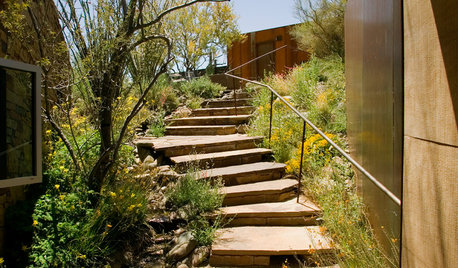
ARCHITECTUREHouzz Tour: A Pond House in the Arizona Desert
With water in the back and a descent to get in, this skillfully designed modern home keeps its cool in the Southwestern sun
Full Story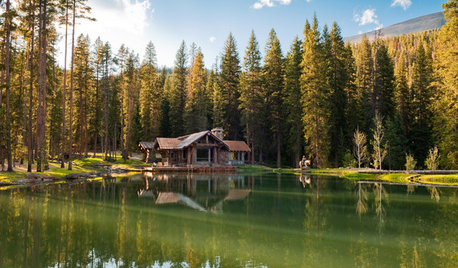
HOUZZ TOURSHouzz Tour: Rustic Cabin With Dive-In Pond
Set on 22 acres and with as many modern comforts as rugged trails, this Montana home is an outdoor lover's paradise
Full Story
LANDSCAPE DESIGNKoi Find Friendly Shores in Any Garden Style
A pond full of colorful koi can be a delightful addition to just about any landscape or garden
Full Story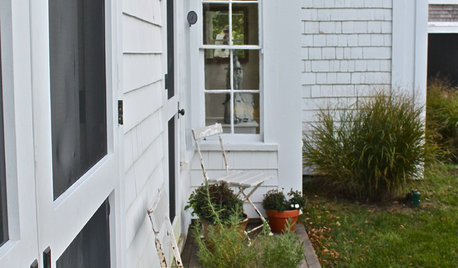
GARDENING AND LANDSCAPINGSmall Decks Hold Loads of Potential
Small slices of deck leave more room for a garden, a hot tub or a view. See how these small and even tiny decks make the most of their size
Full Story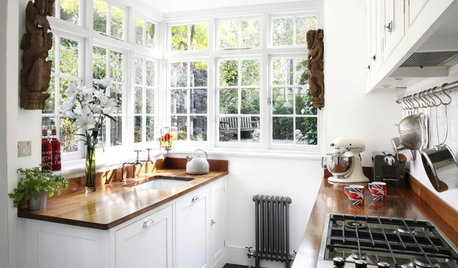
SMALL KITCHENS10 Things You Didn't Think Would Fit in a Small Kitchen
Don't assume you have to do without those windows, that island, a home office space, your prized collections or an eat-in nook
Full Story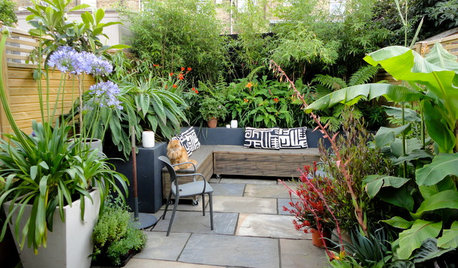
GARDENING AND LANDSCAPING10 Great Design Moves for a Small Courtyard
These beautiful enclosed yards show how to get the most from a relatively small outdoor living area
Full Story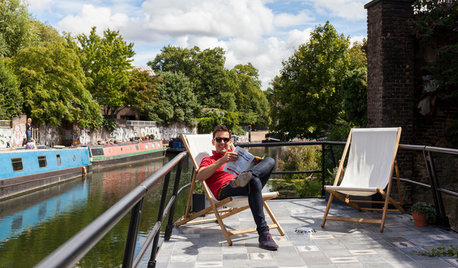
HOMES AROUND THE WORLDMy Houzz: Small-Space Living on a Barge Awash With Smart Ideas
This newly built barge moored on London’s Regent’s Canal brims with clever designs and luxe touches, proving small can be very beautiful
Full Story
GARDENING GUIDESSmall Carpenter Bees Are Looking for a Home in Your Plant Stems
Provide flowers and nesting sites in your garden for this beautiful, tiny, metallic blue wild bee — your plants will thank you
Full Story
GREEN DECORATINGEasy Green: Big and Small Ways to Be More Water-Wise at Home
These 20 tips can help us all make the best use of a precious resource. How do you save water in summer?
Full Story






waterbug_guy
minxzOriginal Author
Related Professionals
Garden City Landscape Architects & Landscape Designers · Leawood Landscape Architects & Landscape Designers · Port Royal Landscape Architects & Landscape Designers · Taylorsville Landscape Architects & Landscape Designers · Towson Landscape Architects & Landscape Designers · Brookside Landscape Contractors · Annandale Landscape Contractors · Galt Landscape Contractors · Homewood Landscape Contractors · Merced Landscape Contractors · Pleasant Prairie Landscape Contractors · Pompton Lakes Landscape Contractors · Seven Hills Landscape Contractors · Tehachapi Landscape Contractors · Raytown Landscape Contractorswaterbug_guy
ddeuerme
waterbug_guy